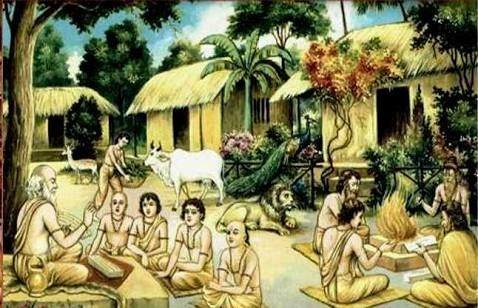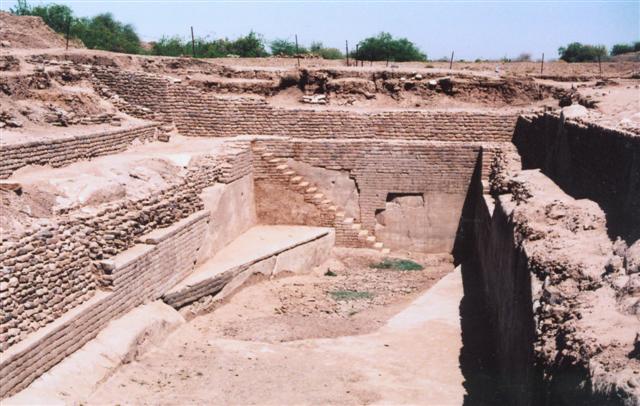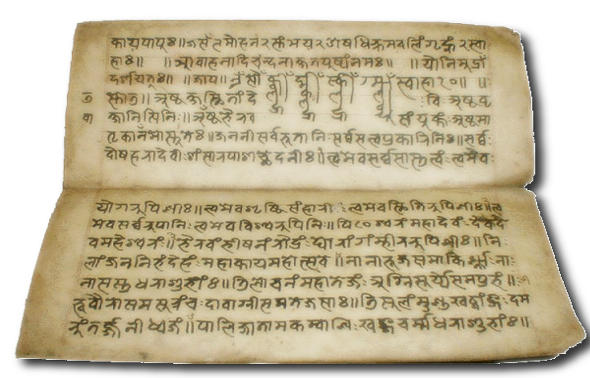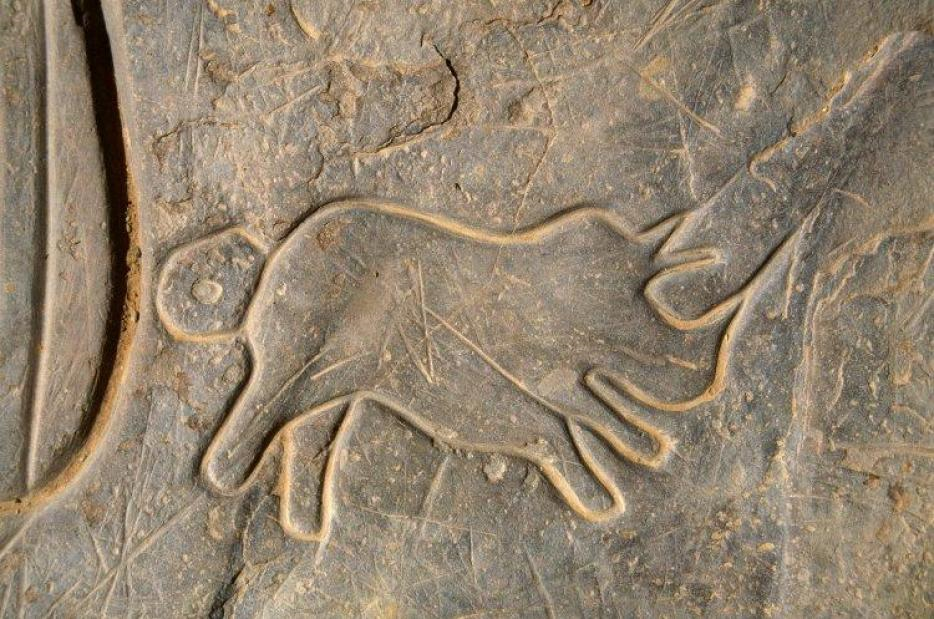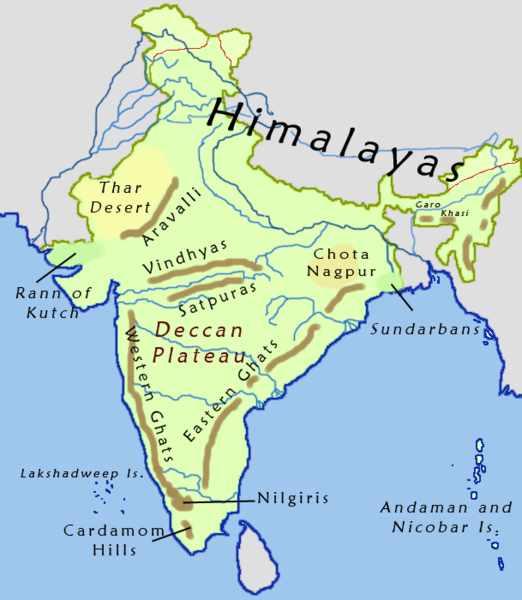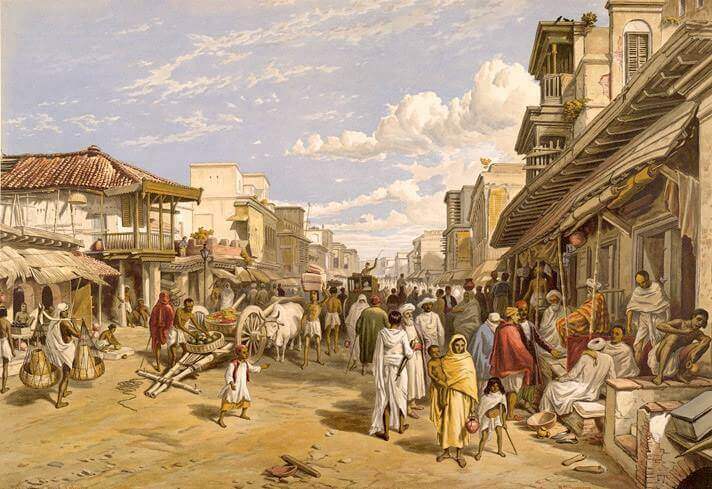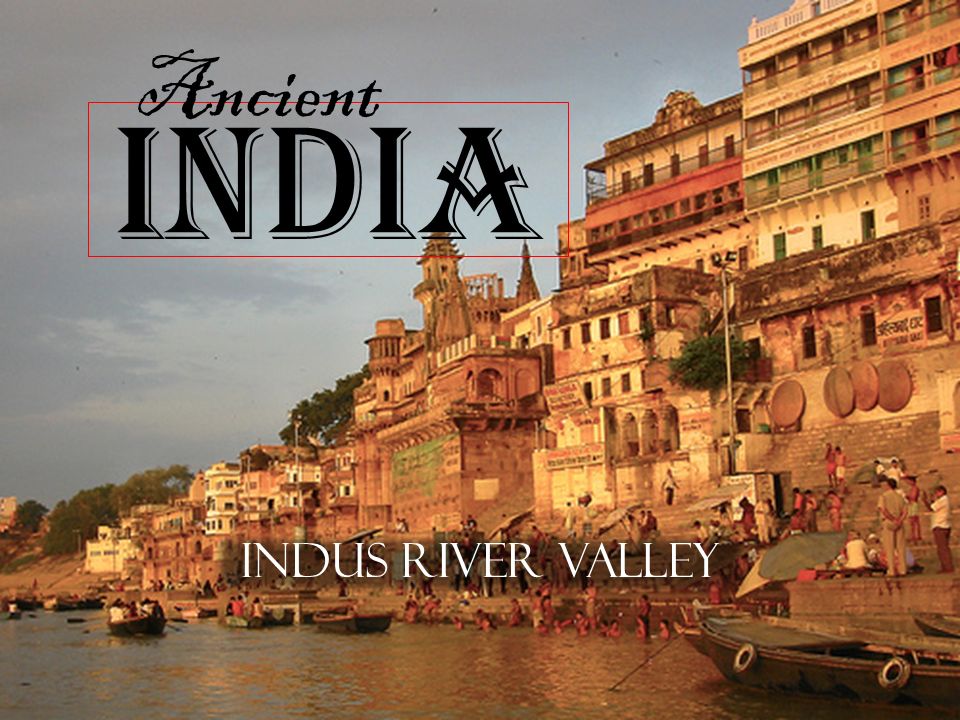- Home
- Ancient India
- Education in Ancient India
Education in Ancient India
Updated on 07-04-2020
Education in ancient India: Education was given utmost importance even in the ancient period. We do not have any evidence of education during the Indus valley civilisation but however on seeing the layout plan, drainage system it is understood that people were very intelligent.
During the Vedic civilisation education was done through orally. All the Vedas were first transmitted orally from one person to another person. It was only in 1300-1500 BC Rig Veda was written. In Vedic period medium of instruction was Sanskrit, while Pali became the medium of instruction in Buddhist education.
In ancient period teaching was considered as a holy work and the teachers were given utmost respect. Education was taught to a person not only to gain knowledge but also for his character development, gaining self control and confidence and understanding the social issues. Hence education was completely free and none of the administration involved in the education system.
Sources of Education in ancient India
The ancient education system was mainly on Vedas, Upanishads and Dharma sutras. Some of the important sources that were considered important were Ithihasa, Anviksiki, Mimasa, Shilpashastra and Arthashastra. Some of the physical education like the archery and physical exercises. The Gurukula system played a very important role in Education in ancient India.
The system and source of education in ancient India was very interesting. The education gave equal importance for over all development both in terms of physical, mental and overall development as a person. The gurus and the pupil worked together consistently as a team to bring proficiency in all aspects of learning. Later in order to assess the pupils learning and understanding debated or shastrartha were organised.
Gurukul system of education in ancient India
During the Vedic period education to the child commenced at the age of 4. Before a child could start pursuing education, the child’s parents performed a yagna and offering prayers to Goddess Saraswati for the success of his/her education. Ones the boy attained a certain age usually 8 years, Upanayanam or the thread ceremony was performed to him.
Later he was sent to his Gurus house to stay for higher education. This system of going and staying in Guru’s house is called as Gurukul. During the ancient times the guru shishya relation was considered as very sacred and important for imparting education.
In a gurukula all students were considered on equal par irrespective of their social status. In this system all the students together learnt education in guru’s house and in turn helped guru in his daily household chores. At the end of the education the student offered gurudakshina to the guru before leaving the gurukula. In the gurukula system a student was not only given education but was also made to learn other social life activities which are very essential for life. By the time a student walked out of gurukul he was completely transformed into good character person along with education.
The relation between guru and shishya was a sacred relation in Hinduism and also appears in other religions like Buddhism, Jainism and Sikhism. Gurukula is a Sanskrit word which means guru means teacher and kula means house. The Upanishads do mention about the system of Gurukulam. Since guru did not charge any fee from the students the gurukulam was usually supported by public funds.
There was no examination in ancient days. Education was a continued process. After each step of learning the guru’s used to conduct Samavartana in front of many other guru’s and public. Curriculum constituted mainly of Vedas during the Vedic period. The student was also made to learn all household activities and some other important training of life skills was taught. There were mainly three steps of instructions in ancient India. Sravana, Manana, Niddhyasana. Sravana is listening to the words uttered by the teacher, Manana is that pupil had to think about the topics taught and Niddhyasana was the reflection of the teachings.
Education during Buddhists period
The spread of
Buddhism and Jainism took education in ancient India to another level. During the Buddhists period monasteries
became the centre for education. During this period education became accessible
to all class and castes. Some of the famous universities that came up during
the Buddhists period were Takshashila and Nalanda. The education in ancient
India not only focused on learning Vedas but also focused more on over all
development of the child. It helped in the growth of Indian civilization.
During Buddhists period the main aim of the education was purity of character. Many monasteries and viharas were set up to for monks and nuns to spread the education to different people through debates, meditation and discussion. Around these Viharas other educational centre for higher learning developed. Study of religious books like Sutta Pitaka, Dhamma was important to attain salvation.
Ancient Universities
Around the viharas many educational centres for
higher education was developed which attracted students from China, Korea,
Burma and Nepal. The Jataka tales tells us that the kings and society took keen
interest on promoting education. This resulted in the development f many
universities like Takshashila, Nalanda and Vikramashila. Here are some details
about these universities.
Takshashila
The university of Taxila is a renowned ancient university in the city of Taxila. Takshashila is an ancient city presently in the north western part of Pakistan. It is a important UNSECO world heritage archaeological site. It was a very famous place for learning religious teachings of Buddhism. The curriculum comprised of science, arts, law, scriptures, medicines both religious and secular were taught. It is believed that over ten thousands students from different parts of the world like China, Babylon, Syria, and Greece along with Indian students. Taxila continued as an important centre for learning even during Mauryan period.
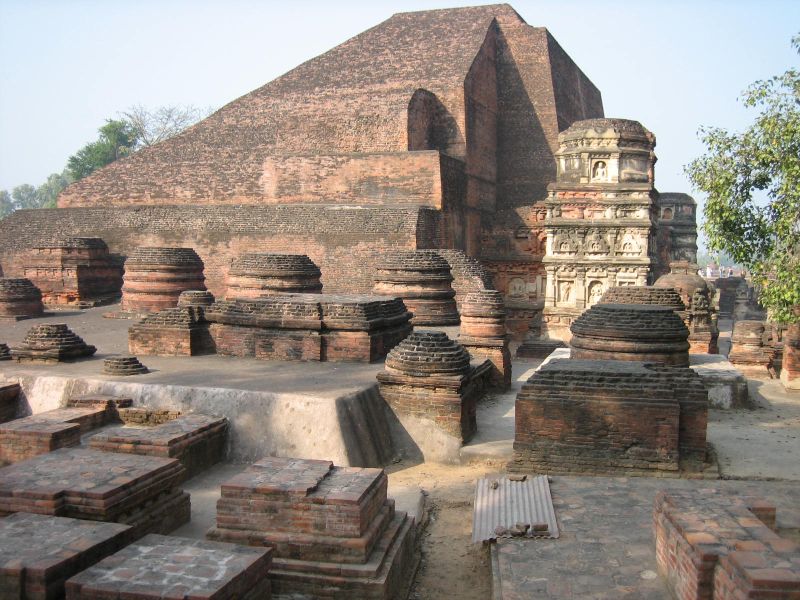 Image credit Wikipedia.org
Image credit Wikipedia.orgNalanda University:
Nalanda University is a very old university located in Rajgir, Bihar, India. The ancient place Nalanda flourished in 5th and 6th century under Gupta period. Today it is UNSECO world heritage site in India. During its peak period the university had students from all over the world like China, Tibet, Korea along with Indian students and scholars. Nalanda was destroyed thrice by different dynasties. Mamluk Dynasty of Delhi Sultante destroyed the place Nalanda.
Students of Nalanda studied Mahayana and
Hinayana texts of Buddhism. Some of the other subjects that were there in the
university were Vedas, Logic, Sankrit grammar, medicine and Samkhya. Chinese
scholars like Xuan zang and I-Qing visited Nalanda University in 7th
century. Later Xuan Zang himself became
a student of Nalanda to study Yogashastra.
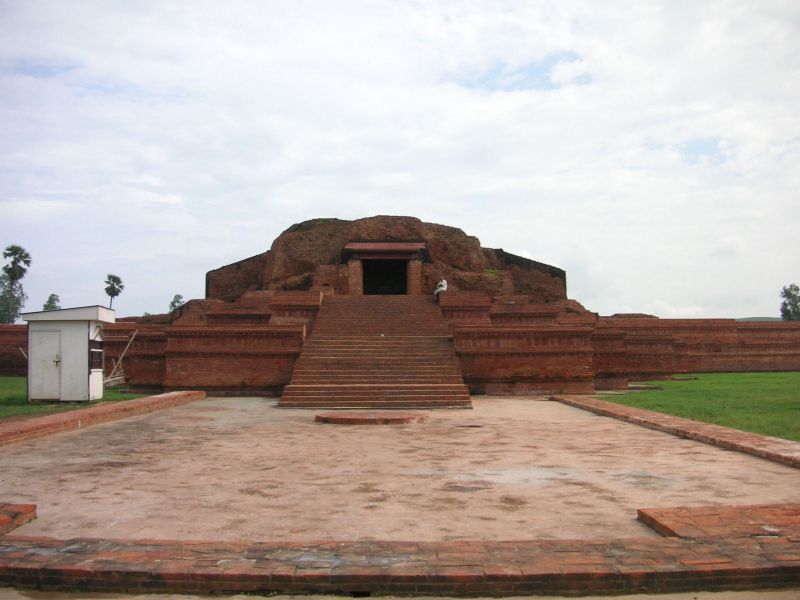 Image credit Wikipedia.org
Image credit Wikipedia.orgVikramashila:
It was one of the most important universities during the period of Pala Empire along with Nalanda. It is located in Bhagalpur district, Bihar India. It was established by Pala ruler Dharmapala in the late 8th century and early 9th century. It was one of the largest Buddhists university with more than 100 teachers and about one thousand students. Some of the important subjects that were taught here were philosophy, grammar, metaphysics and Indian logic. This ancient university was destroyed by the forces of Muhammad Bin Bakhtiyar Khaliji around 1193. Restoration of this ancient university is still in process.
The residence for Buddhists monks is the huge square structure having around 200 cells and opening into common Verandah.
Update on coronavirus in India
Affiliate Disclosure:
If you make any purchase via a link on this site, I may receive a small commission with no added cost to you.
